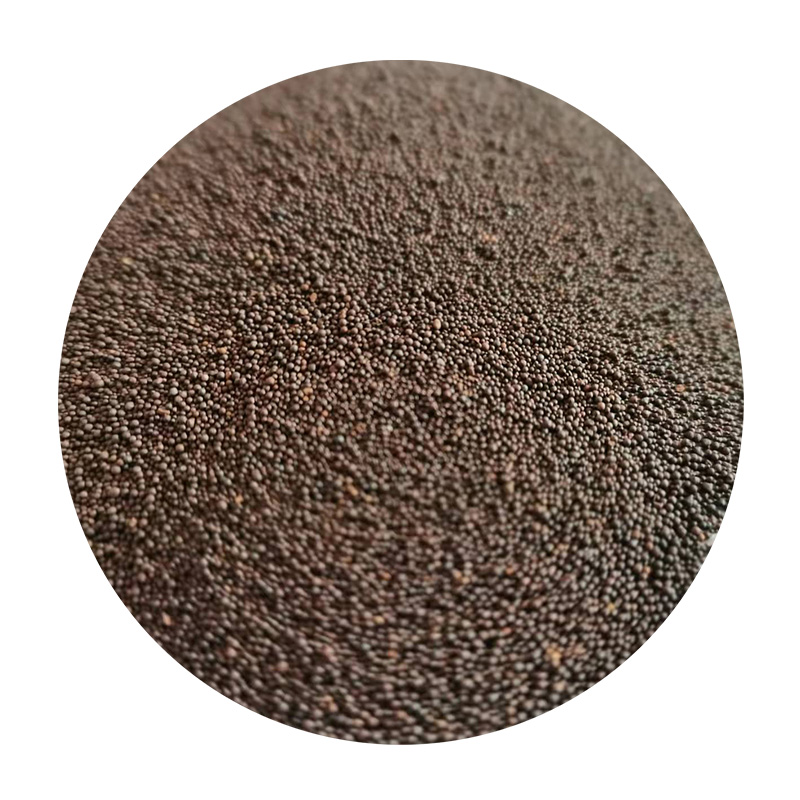Understanding Sand and Resin Mixtures Applications and Benefits
In various industries, the combination of sand and resin has gained significant attention, particularly in the realm of construction, manufacturing, and art. This sand-resin mixture is not only versatile but also enhances the properties of the materials used, leading to improved performance and durability.
Composition and Properties
A sand and resin mixture typically involves fine aggregates, namely sand, which is combined with a synthetic or natural resin. The role of sand in this mixture is primarily to provide bulk and strength, while the resin acts as a binding agent that holds the sand particles together. The most common types of resins used include epoxy, polyester, and polyurethane, each offering unique characteristics and advantages.
When mixed, the resin seeps into the pores of the sand, creating a solid mass once it cures. This combination results in a material that is not only strong but also resistant to water, chemicals, and environmental conditions. The flexibility in adjusting the ratio of sand to resin allows manufacturers to tailor the properties of the mixture to meet specific requirements for various applications.
Applications in Construction
One of the most prominent uses of sand and resin mixtures is in the construction industry. This mixture is commonly utilized for making artificial stones, pavers, and tiles. The durability of resin-bound materials makes them ideal for flooring solutions in both residential and commercial properties. They can withstand heavy foot traffic and are easy to clean, making them a preferred choice for high-traffic areas.
Additionally, the sand-resin mixture is extensively used in producing concrete and precast elements. Its incorporation enhances the overall performance of concrete by improving its resistance to cracking and abrasion. This resilience extends the lifecycle of concrete structures and reduces the need for frequent repairs, ultimately leading to cost savings over time.
sand resin mixture

Advantages in Art and Sculpture
Beyond construction, sand and resin mixtures have carved a niche in the art world, particularly in sculpture and decorative pieces. Artists often use this combination to create intricate designs that capture the aesthetic appeal of natural stone while providing the versatility of resin. The mixture can be colored, shaped, and finished to produce stunning artworks that exhibit both durability and beauty.
Moreover, the ability to manipulate the texture and finish of the sand-resin mixture allows artists to achieve a wide range of effects, from smooth surfaces to rough, organic textures. This adaptability has made it a popular medium for contemporary artists looking to push the boundaries of traditional sculpting materials.
Environmental Considerations
As industries become increasingly aware of their environmental impact, the sand-resin mixture offers potential sustainable solutions. By leveraging recycled materials and bio-based resins, manufacturers can create eco-friendly products that maintain strength and durability. This aligns with global efforts to reduce the carbon footprint of manufacturing processes and promote sustainable building practices.
Conclusion
The sand and resin mixture presents a remarkable solution that bridges the gap between functionality and aesthetics across multiple fields. Its applications in construction and art highlight its versatility, while its enhanced properties ensure durability and performance. As innovations continue to emerge, this mixture is likely to evolve further, offering new possibilities for sustainability and creativity in the years to come. The combination of sand and resin not only showcases the potential of material science but also reflects the dynamic interplay between nature and technology.
Post time:Aug . 01, 2024 03:01
Next:Creating a 3D Printed Sanding Block for Efficient Surface Finishing and Customization Needs
